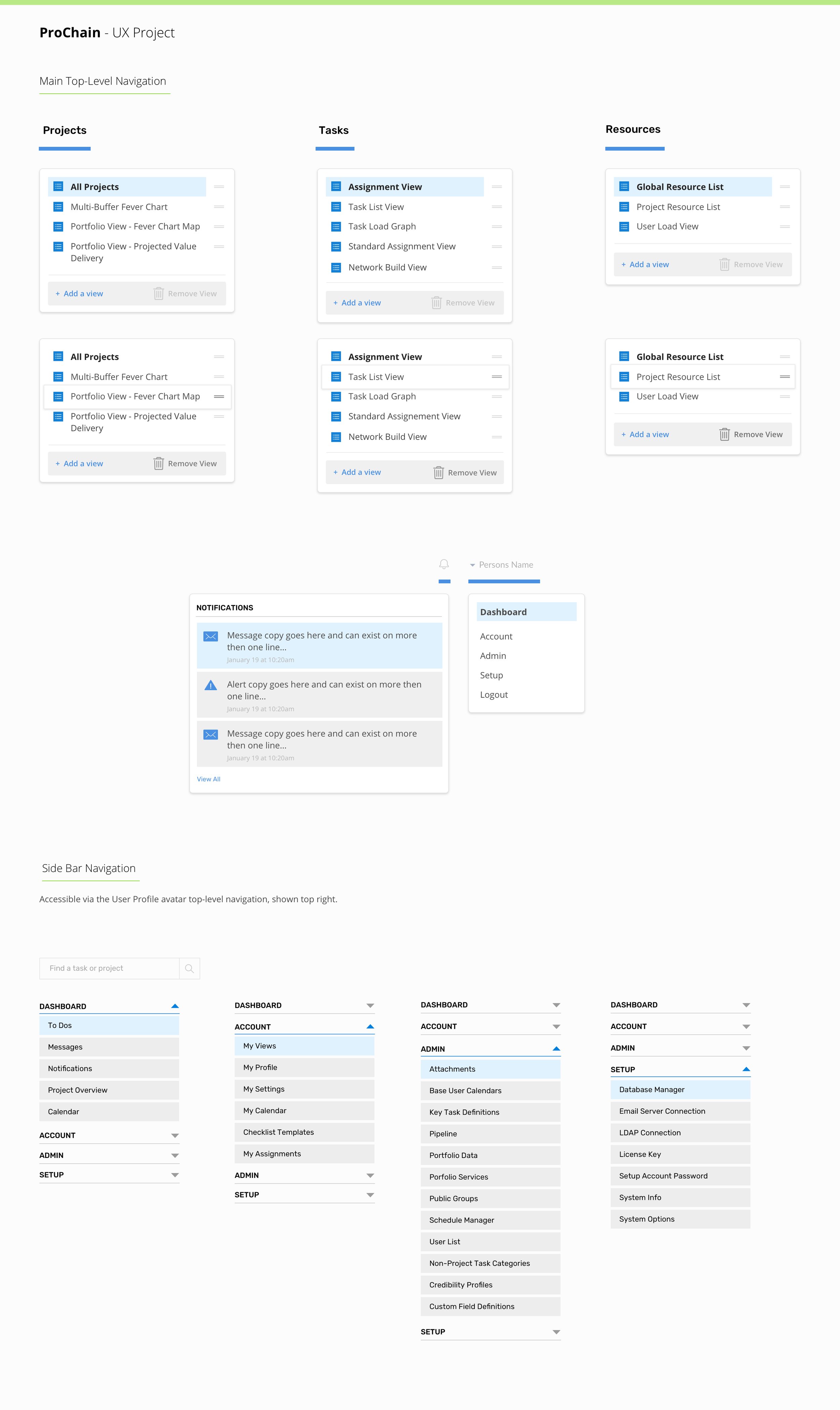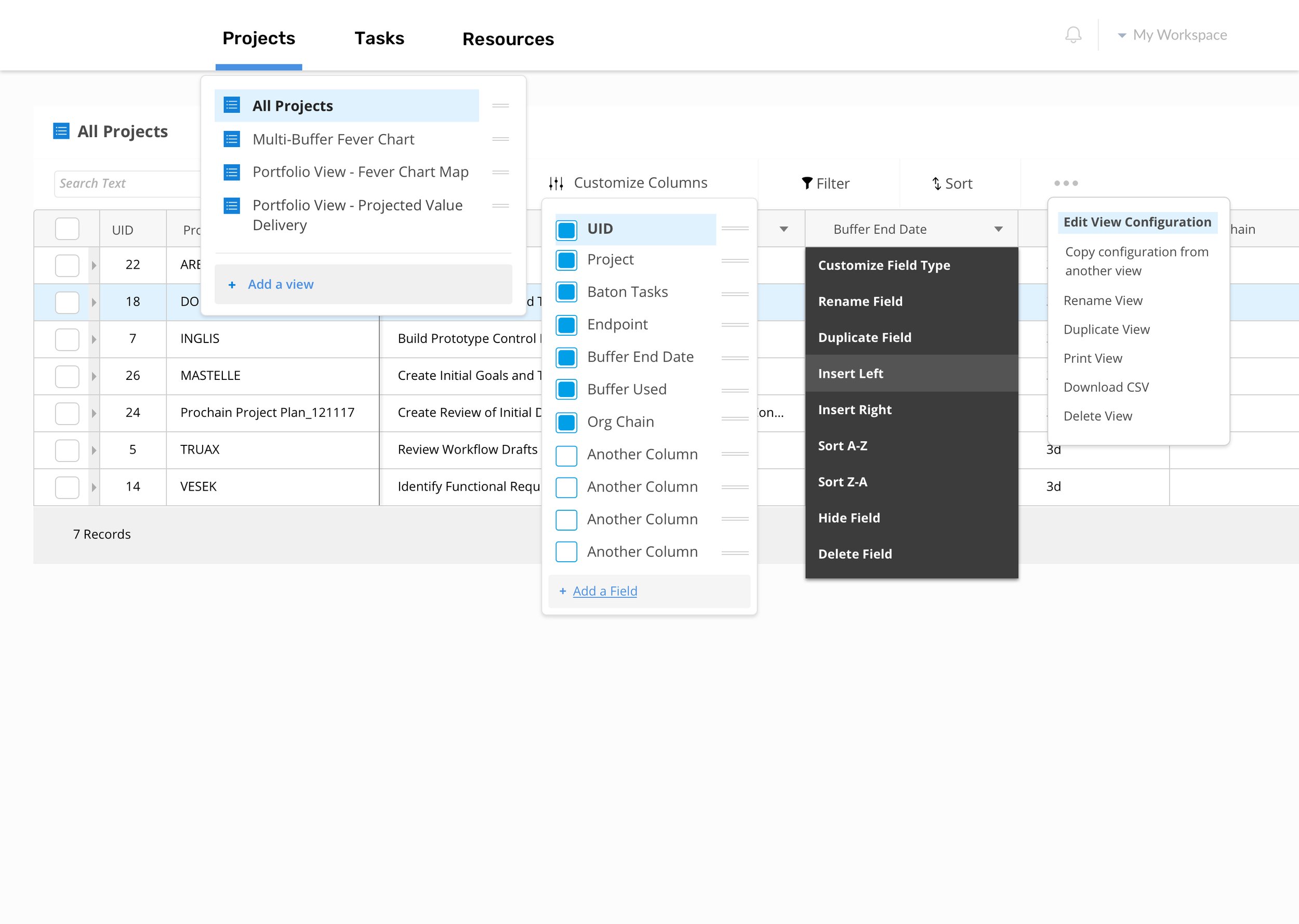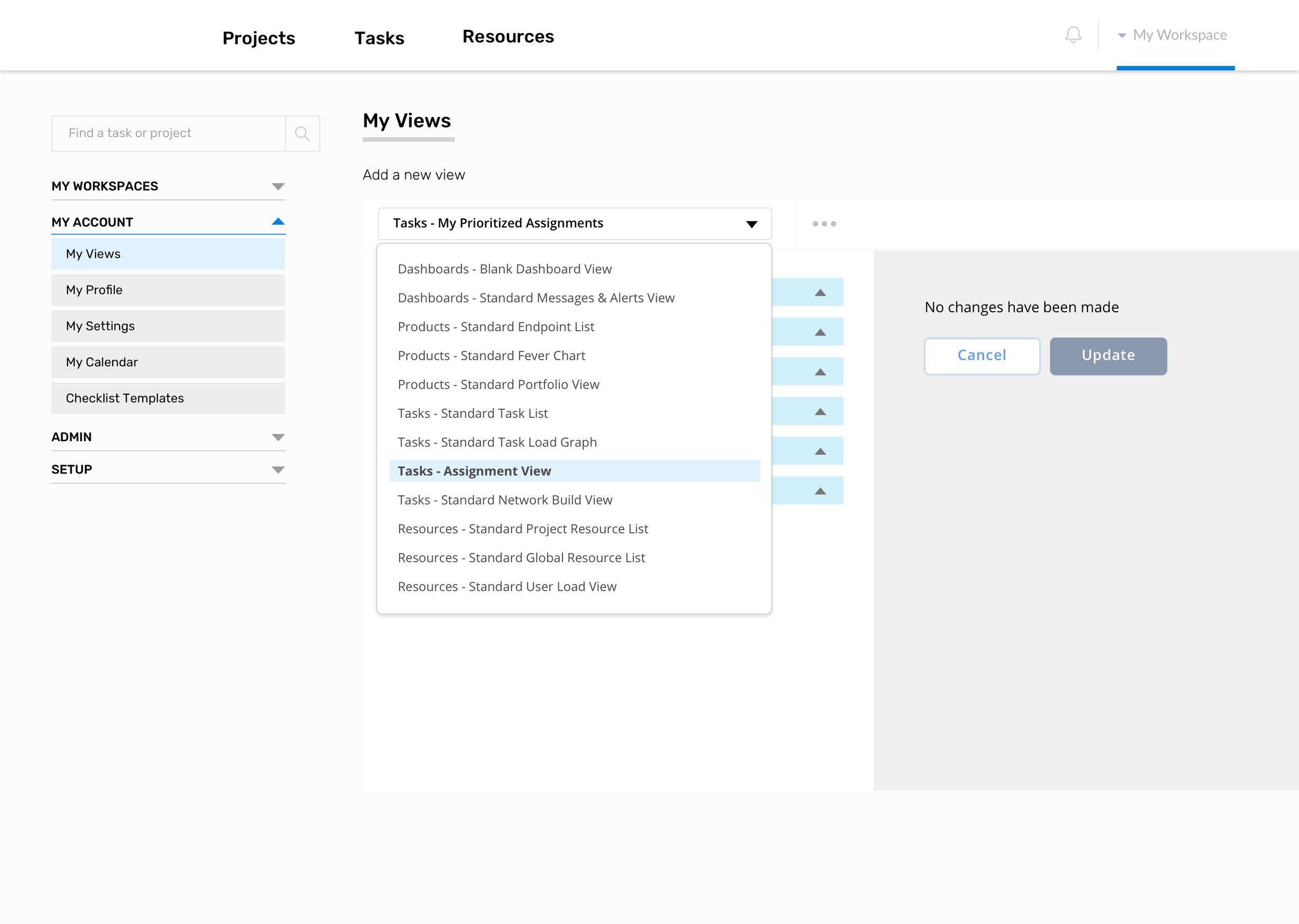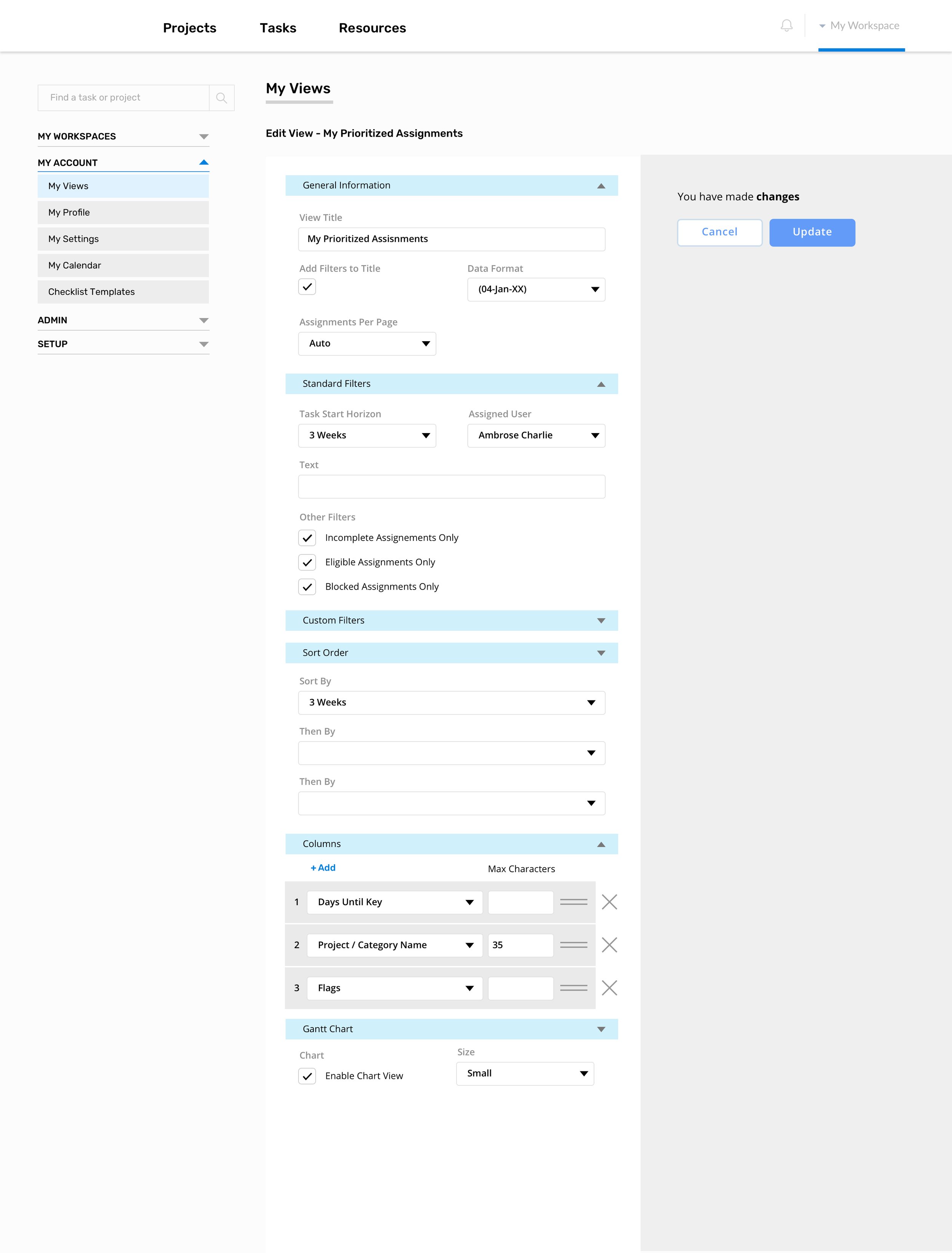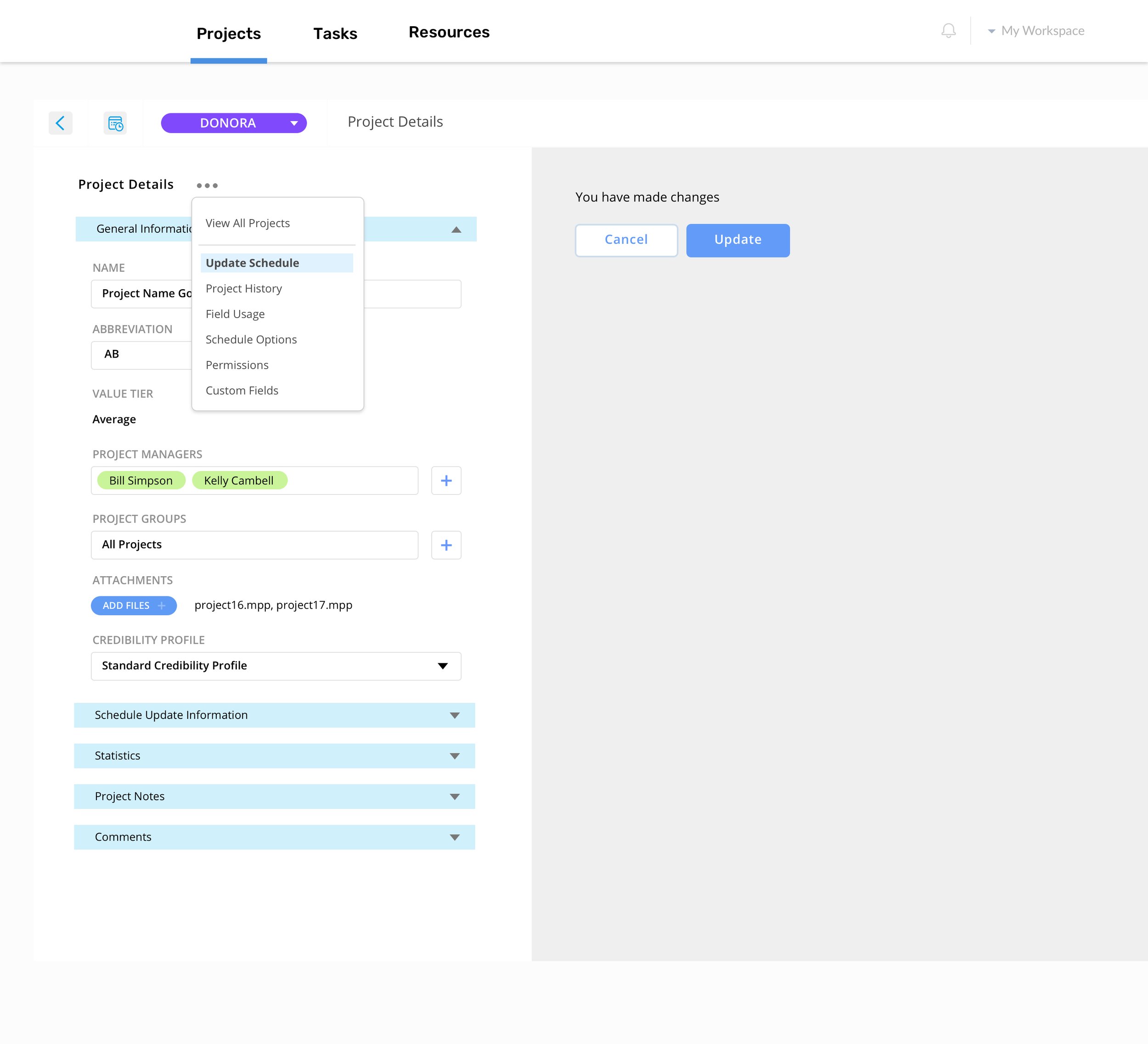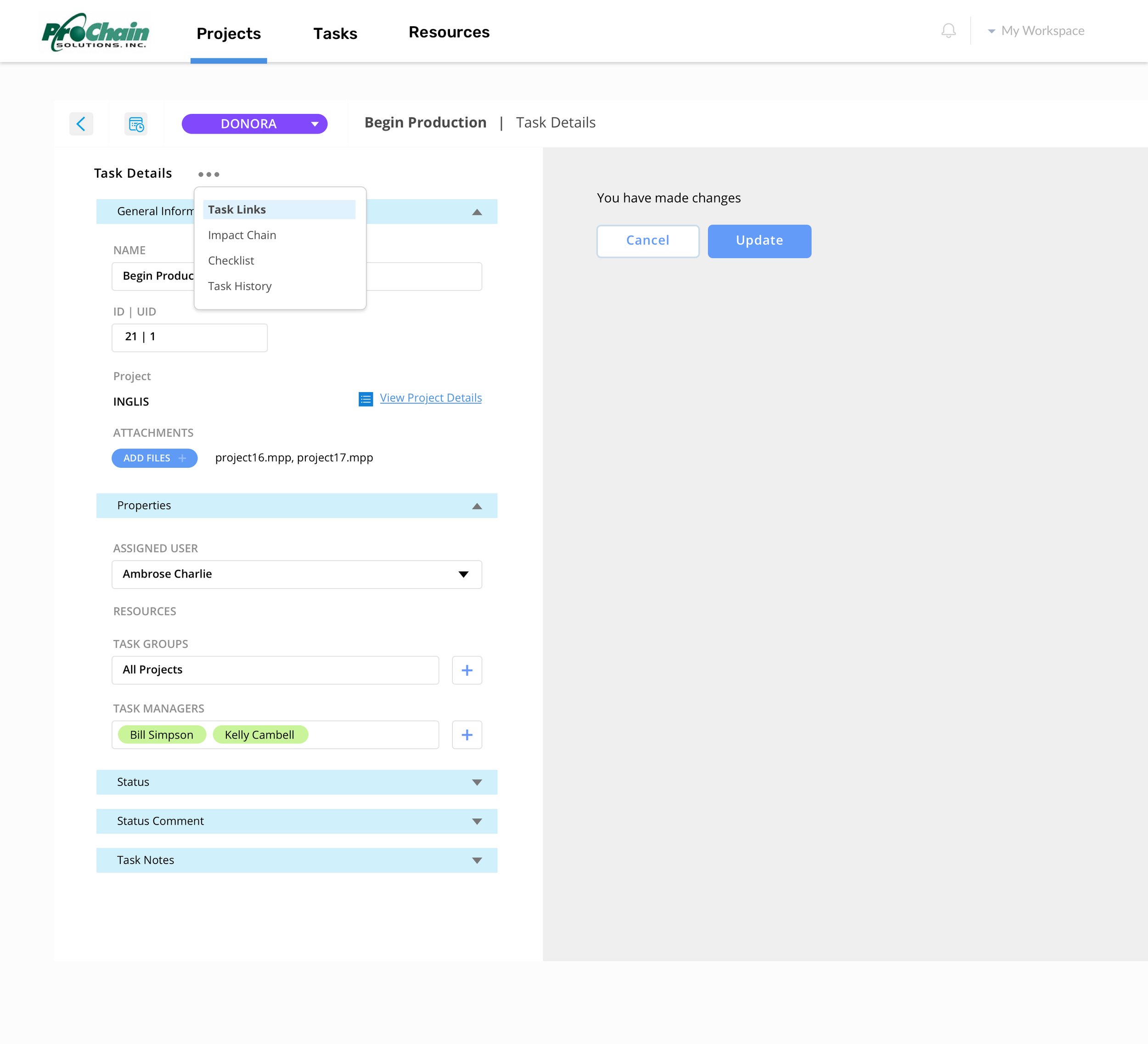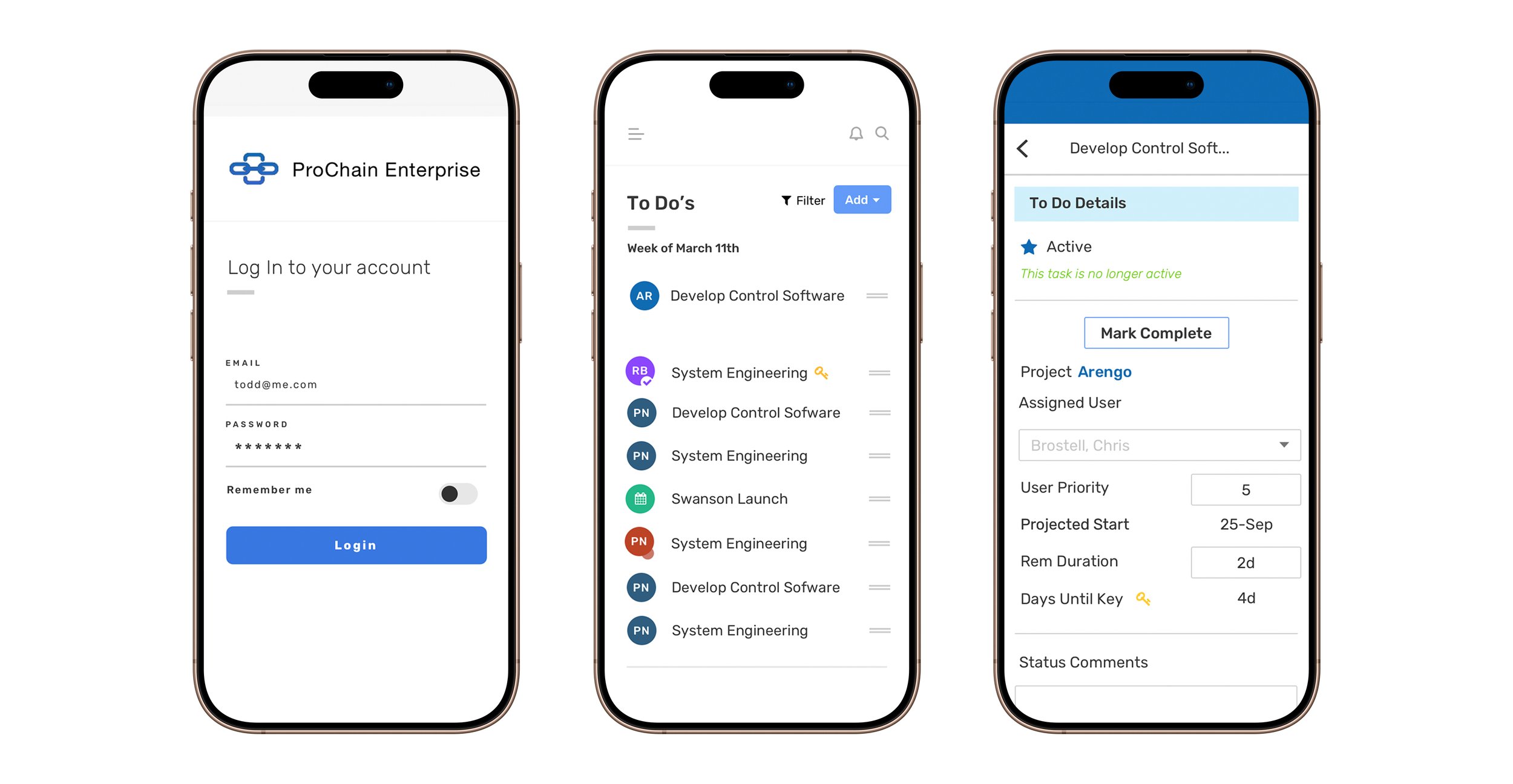
Refining the ProChain Solutions Customer Journey
ProChain Solutions, a leader in project management strategies and tools, partnered with us to improve their digital platform. While powerful, the tool was difficult to navigate and underutilized by teams. It integrated with Microsoft Project to provide real-time task overviews, but poor usability and disconnected workflows made adoption a challenge.
My goal was to transform the platform into something intuitive, scalable, and easy to use, without compromising technical depth. I led UX strategy with a focus on user flows, wireframing, and information architecture. I served as the voice of human-centered design throughout the project, ensuring every decision was backed by research, aligned with technical feasibility, and mapped to business goals.
I also had to earn a seat at the table. I built trust in user-focused decisions by collaborating closely with product leads, facilitating cross-functional workshops, and regularly presenting to technical stakeholders. These conversations helped bridge design strategy with engineering constraints and long-term scalability. If you are interested in a more detailed look at my processes or would like to request a case study, feel free to visit the Methods page or contact me through the About Me page.
The Challenge
Although the platform was robust, it lacked clarity and ease of use. Users struggled with task navigation, unclear hierarchies, and disconnected data flows. These issues created friction and discouraged regular engagement.
The challenge was to simplify the experience without reducing the platform’s capabilities. I needed to connect complex workflows to customer touchpoints, improve the overall structure, and ensure the experience could scale across desktop and mobile environments. Mobile in particular had seen very little attention, despite being critical for daily task check-ins.
The Solution
I took an immersive, research-driven approach. I trained as a ProChain user to gain firsthand experience, led interviews with stakeholders and users, and mapped high-friction workflows. These insights helped inform the redesign of user flows and a new information architecture that reflected how people actually think and work.
I created wireframes and low-fidelity prototypes to test layout and flow early, and collaborated with engineering partners to evaluate feasibility, performance, and responsiveness. I worked on aligning complex data structures with key customer tasks, ensuring that information appeared where and when users needed it.
To support long-term growth, I introduced modular components, reusable design patterns, and documented systems that improved collaboration and reduced design debt. This structure made it easier for the team to scale features while maintaining consistency and clarity.
The Results
The redesigned experience delivered strong results:
25 percent increase in user interaction, with more daily logins and longer sessions
30 percent improvement in task completion rates, supported by clearer flows and more intuitive navigation
40 percent boost in ease-of-use scores, based on follow-up user surveys
35 percent growth in platform adoption within three months of launch
As the UX lead, I helped bridge customer insight with technical delivery. I championed human-centered design across teams, aligned experience strategy with business and engineering needs, and helped create a product that was not only easier to use but built to scale.
